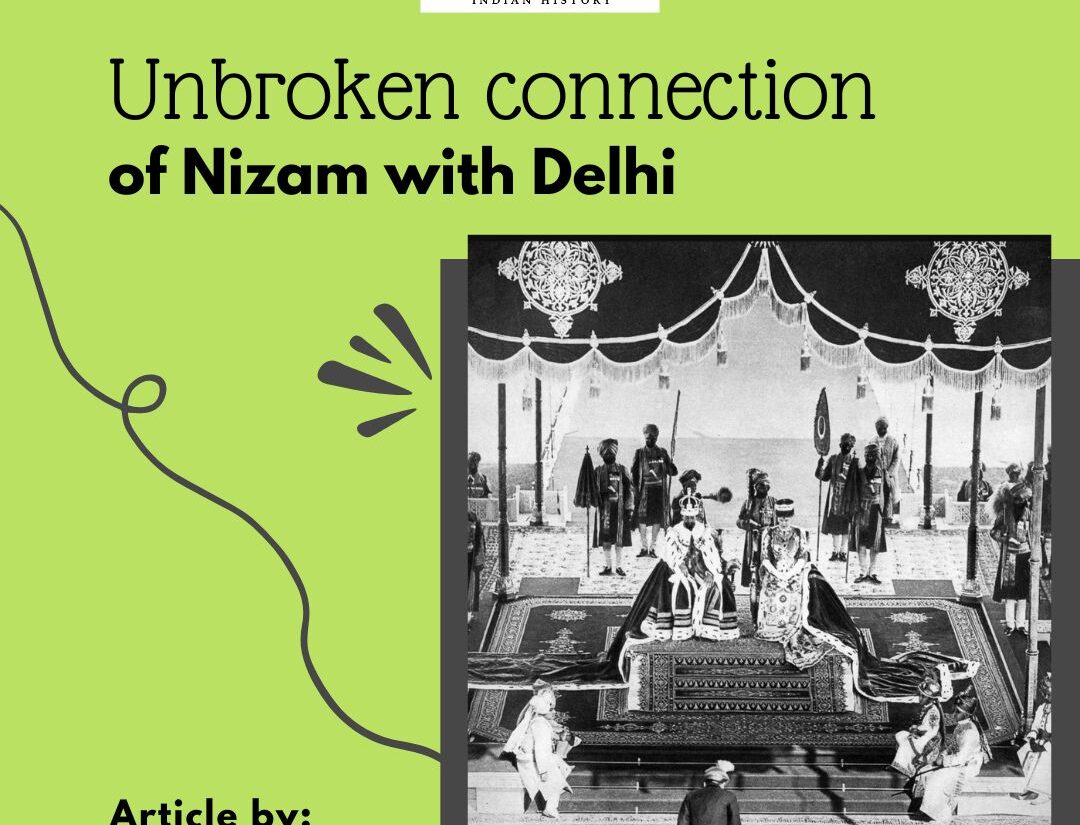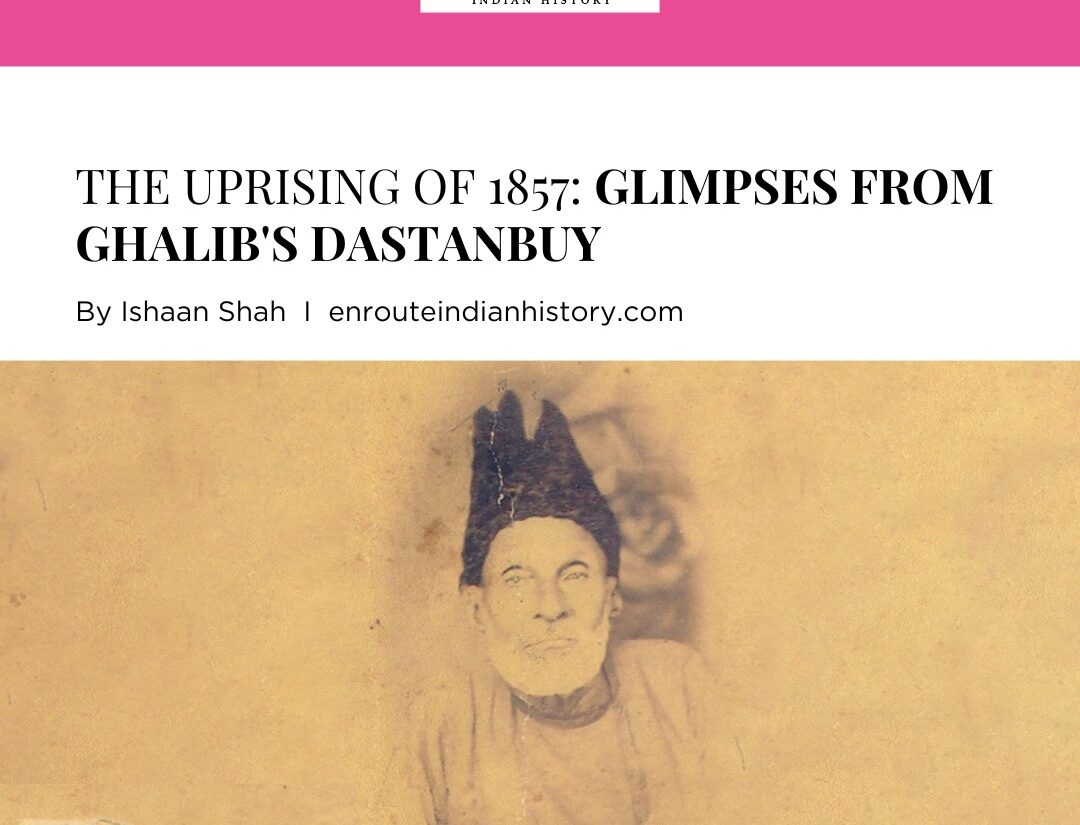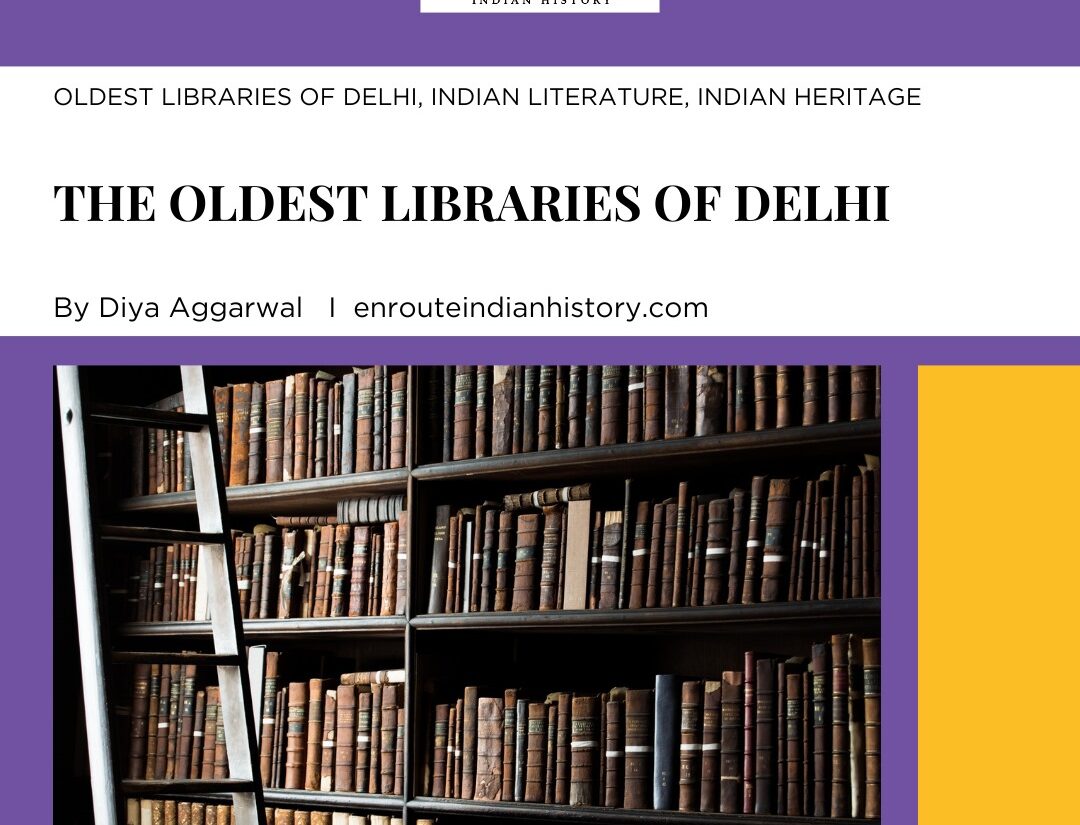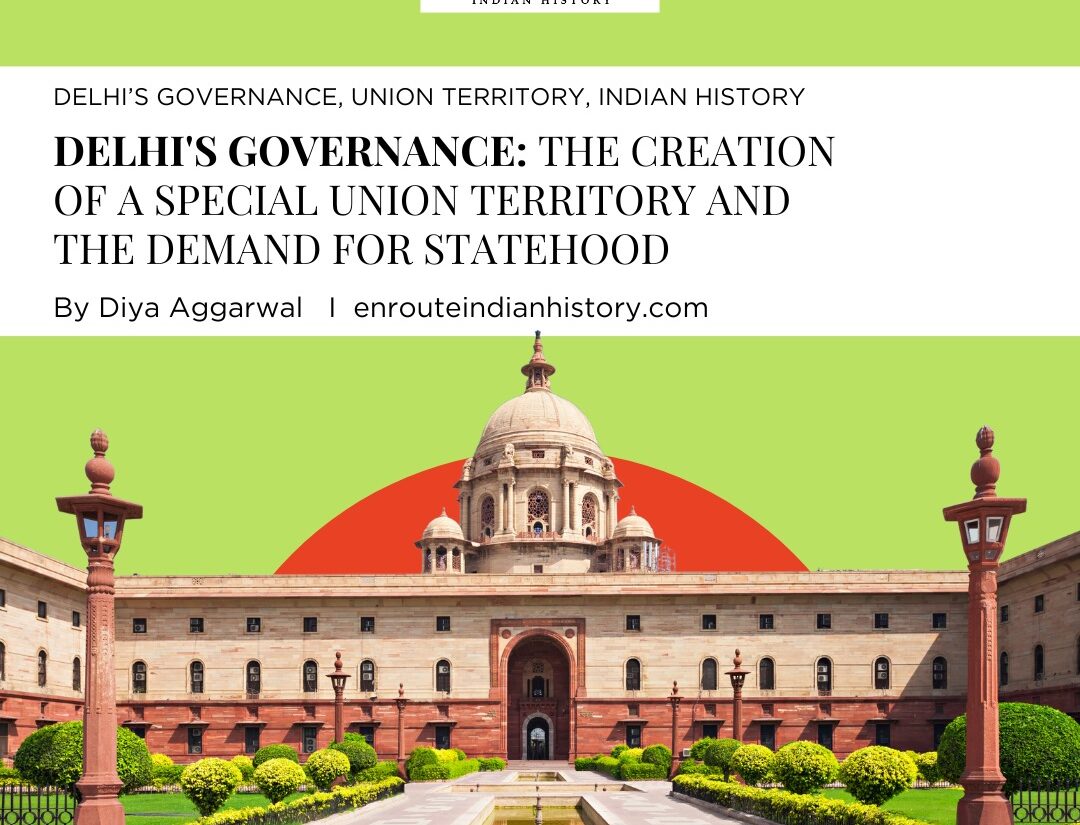
The State of Hyderabad and Delhi have shared a unique and unbroken connection of Nizam. Delhi has remained the center of power for the Mughals, Britishers, and even in the post-colonial period. Deccan played a crucial role and was an important power center for South India. Throughout history both the states show a complex relationship and dynamics of power play between Central and regional politics respectively. The state of Hyderabad has maintained a certain kind of allegiance with Delhi, both have influenced each other in many ways. This article is an attempt to explore the notions of the shared ties between Imperial Delhi and the State Of Hyderabad.
Hyderabad bore its roots to the Mughals. Nizam Ul Mulk Asaf Jhah, who marched to Deccan with an ambitious aim to make Deccan his power center, was a loyal governor to Aurangzeb in Deccan in his early years and later on after the death of Aurangzeb became Wazir in 1722. Asaf Jhah was known for his political maneuvers at the center, he was involved in the killing of the Syed Brothers after which reigned Muhammad Shah as a Mughal Emperor and himself as Wazir in 1722. When the power at the center was continuously degenerating, he returned to his old southern state and decided to build a semi-independent state. Nizam built his autonomous state in the South, but interestingly, didn’t break complete ties with the Mughals. He never declared himself king of Deccan but instead accepted the nominal suzerainty of the Mughals.

Not completely detaching from Delhi was an unexpected move of the Nizam. This state of affairs continued till 1748. In spite, of Delhi being far away from Deccan, why did the Nizam choose to retain its older ties? Muzaffar Alam a prominent scholar, suggests that the Nizam through this sought the ‘institutional validation’ on the ‘successor state’ that desperately needed to justify their ‘ legitimate acquisition’.ons’. According to Alam, recognition by the Mughal court was crucial to negotiate relations between ‘successor’ states as well as to reinforce the new elites’ dominance over local groups in their respective regions. Nizams never broke ties with the imperial power, in spite, of when the power at the center changed hands from the Mughals to the British Raj. Generations of Nizam have never sundered their connection with the British Raj. This has involved a lot of negotiations, tensions, conflicts, and compromise.
With the advent of the Britishers and their establishment of a political foothold in India, the dynamics of power play not only changed at the Center but also regional levels. Nizam had maintained relative independence before the Britishers. However, the British Raj established its control by subjugating regional powers. Likewise, the Britishers imposed a subsidiary alliance in 1798. Thus, making Hyderabad the first princely state to enter this alliance. Ties between the British Raj and Nizam deepened after the 1857 mutiny. Nizam proved to be water breakers against the rebellion, as they sided with the British Raj. After the mutiny, the Britishers changed their policy in favor of the princely states, as they understood the need to garner their support to maintain their power over India. Hyderabad became one of the prominent princely states of the British Raj.

HYDERABAD HOUSE
In 1911, when the center of the power was transferred from Bengal to Delhi in the huge imperial Dlehi Durabar. Delhi Durbar marked the coronation of King George V. Several guests were invited, including princes of Rajputana, Hyderabad, Baroda, etc. Nizam’s participation in Dubar was seen as his acknowledgment of British paramountcy. He paid obeisance to the king and queen, which indicated loyalty of the state of Hyderabad to the British Raj amidst the nationalist uprisings. Nizam’s presence also mattered for a reason, Nizam wanted to signify the importance of one of the richest and prosperous states in the political dynamics, which were rapidly changing. Nizam Osman Ali’s attire during the eve of Delhi Durbar marked a break from tradition and influence of the British Raj in the State of Hyderabad.
Between the 18th-20th was a cross-pollination of cultural and social elements between Hyderabad and Delhi. Throughout the history of Delhi, one would find the elements of Mughlai courtly culture that transfused into Delhi and vice versa. The state of Hyderabad too imitated the cultural and social practices of Britishers during later Nizams. Even, architecture built during reflected the blend of the English and Mughlai cultures. Famously, Hyderabad House was built in Delhi, as a residence of Seventh Nizam, in 1928. Hyderabad House was built in an Indo-Sarcenic style of architecture, which incorporates Mughal and British culture. Hyderabad House had immense cultural, political, and strategic importance. The House which was built according to the needs of Nizams had incorporated many Mughlai cultural elements. Hyderabad House asserted the political importance of Nizam. Nizams had held a unique position in Delhi. Ties with the Britishers evolved.
During World War 2, Hyderabad marked an important strategic location and was used as a base for the Britisheres. Nizam, Osman Ali Khan Asaf Jhah VII used his position to decide to negotiate the future of Hyderabad with the British. Hyderabad wanted to hold its autonomy after the Britishers left the country. Nizam decided not to emerge with either India or Pakistan. However, his dream of an independent state remained on tenterhooks during 1947 in the Standstill Agreement signed between Nizam and India. In 1948, Hyderabad eventually became part of India, by political efforts of national leaders in Delhi like Jawahar Lal Nehru, Sardar Vallabh Bhai Patel, etc. Throughout history, Hyderabad could never break its ties with Delhi.
REFERENCES-
BHANGYA BHUKYA,Between Tradition and Modernity: Nizams, Colonialism and Modernity in Hyderabad State,Economic and Political Weekly , NOVEMBER 30, 2013, Vol. 48, No. 48 (NOVEMBER 30, 2013), pp. 120-125
Munis D. Faruqui, At Empire’s End: The Nizam, Hyderabad and Eighteenth-Century India,Modern Asian Studies , Jan., 2009, Vol. 43, No. 1, Expanding Frontiers in South Asian and World History: Essays in Honour of John F. Richards (Jan., 2009), pp. 5-43
- Vaikuntham,Oriental Culture and the Raj (A Study of Hyderabad between 1858-1911),Proceedings of the Indian History Congress , 1990, Vol. 51 (1990), pp. 447-452 Published by: Indian History Congress
Charles W. Nuckolls ,The Durbar Incident, Modern Asian Studies , Jul., 1990, Vol. 24, No. 3 (Jul., 1990), pp. 529-559 Published by: Cambridge University Press
























